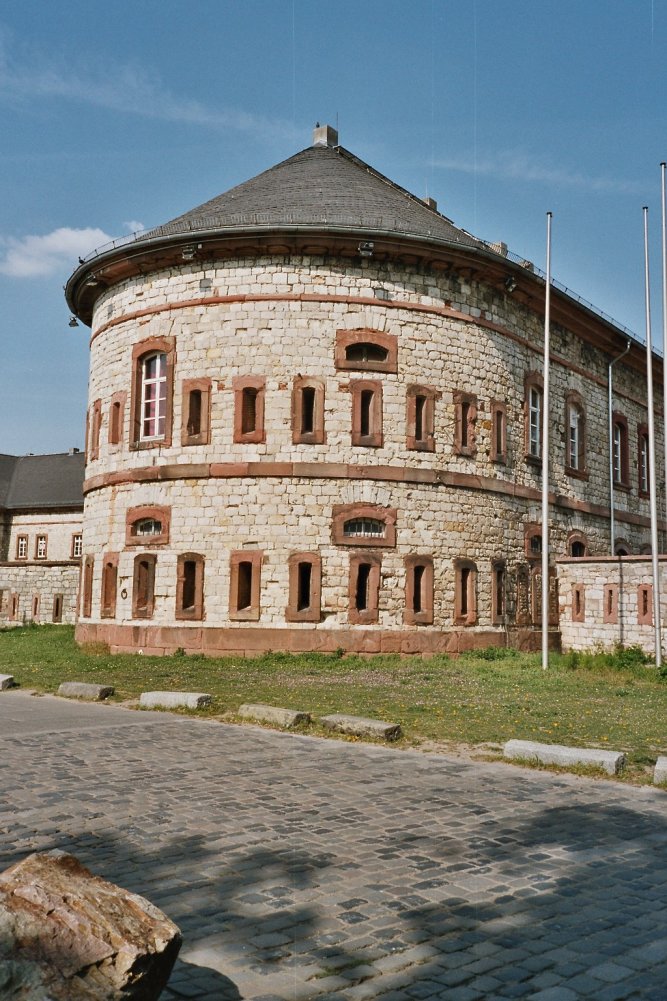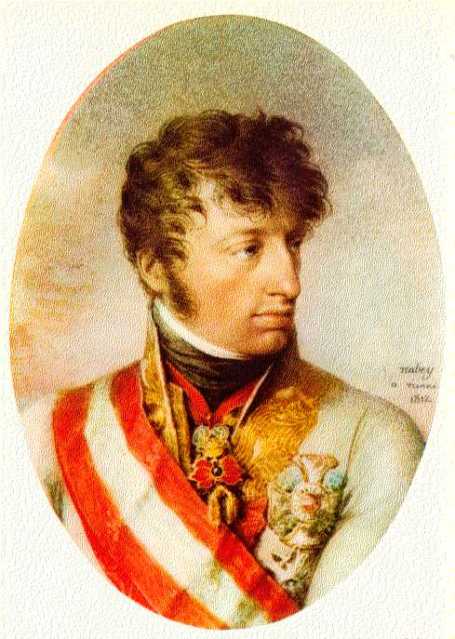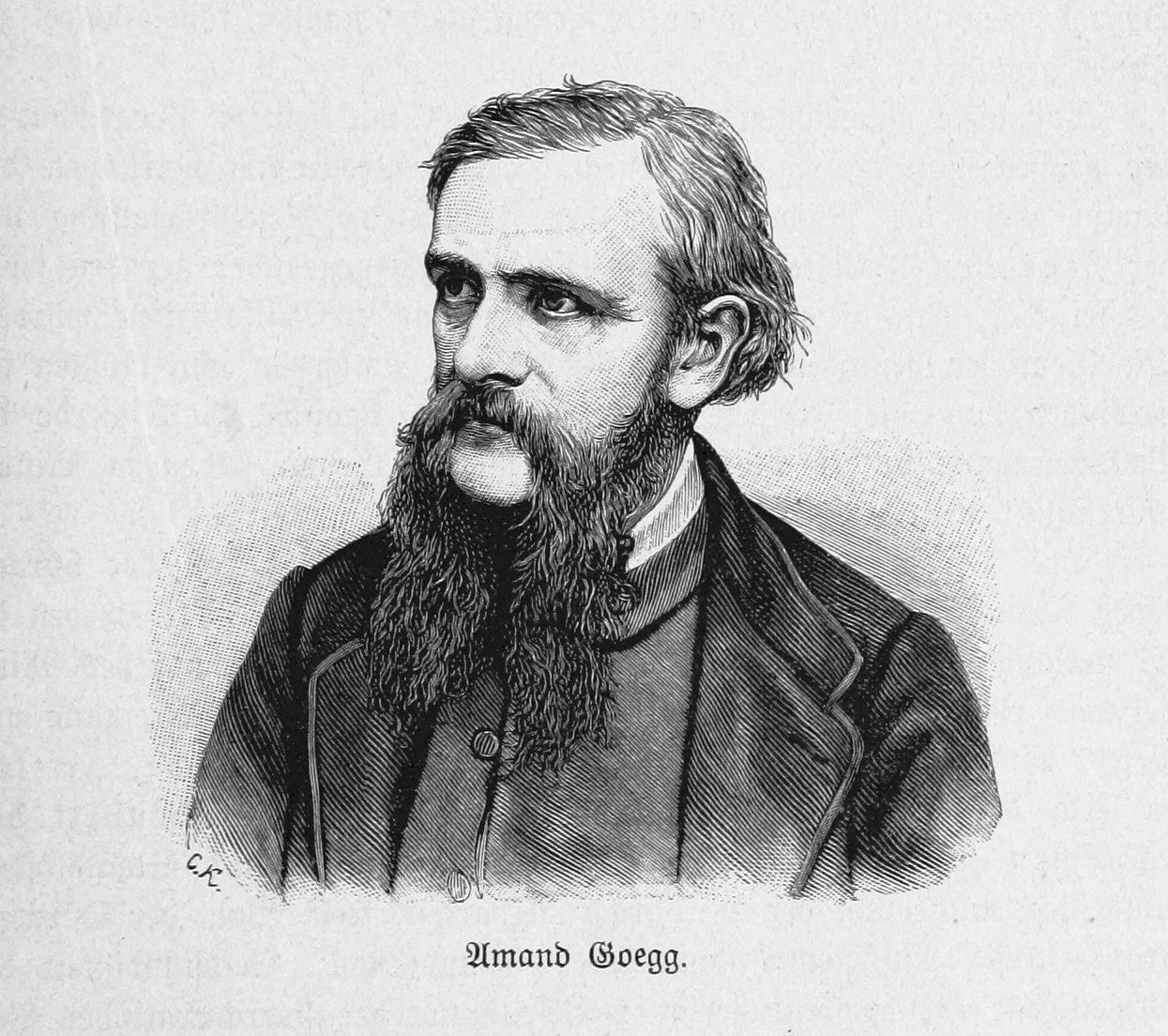|
Battle Of Rastadt
The Battle of Rastatt (5 July 1796) saw part of a Republican French army under Jean Victor Marie Moreau clash with elements of the Habsburg army under Maximilian Anton Karl, Count Baillet de Latour which were defending the line of the Murg River. Leading a wing of Moreau's army, Louis Desaix attacked the Austrians and drove them back to the Alb River in the War of the First Coalition action. Rastatt is a city in the state of Baden-Württemberg in Germany, located south of Mannheim and west of Stuttgart. In the Rhine Campaign of 1796, Moreau's army made a successful assault crossing of the Rhine River at Kehl on 24 June. Moreau expanded his bridgehead, sending Desaix north, Laurent Gouvion Saint-Cyr east and Pierre Marie Barthélemy Ferino south. The French won a clash over Anton Sztáray at Renchen on the 28th before moving against Latour at Rastatt. Soon afterward, Archduke Charles, Duke of Teschen joined Latour with reinforcements from the north. The Battle of E ... [...More Info...] [...Related Items...] OR: [Wikipedia] [Google] [Baidu] |
French Revolutionary Wars
The French Revolutionary Wars (french: Guerres de la Révolution française) were a series of sweeping military conflicts lasting from 1792 until 1802 and resulting from the French Revolution. They pitted French First Republic, France against Kingdom of Great Britain, Britain, Habsburg monarchy, Austria, Kingdom of Prussia, Prussia, Russian Empire, Russia, and several other monarchies. They are divided in two periods: the War of the First Coalition (1792–97) and the War of the Second Coalition (1798–1802). Initially confined to Europe, the fighting gradually assumed a global dimension. After a decade of constant warfare and aggressive diplomacy, France had conquered territories in the Italian Peninsula, the Low Countries and the Rhineland in Europe and abandoned Louisiana (New France), Louisiana in North America. French success in these conflicts ensured the spread of revolutionary principles over much of Europe. As early as 1791, the other monarchies of Europe looked with ou ... [...More Info...] [...Related Items...] OR: [Wikipedia] [Google] [Baidu] |
Kehl
Kehl (; gsw, label= Low Alemannic German, Low Alemannic, Kaal) is a town in southwestern Germany in the Ortenaukreis, Baden-Württemberg. It is on the river Rhine, directly opposite the French city of Strasbourg, with which it shares some municipal servicesfor example the Strasbourg tramway, which now reaches Kehl. History The village of Kehl was first mentioned in 1038. In 1338 the first permanent bridge between Kehl and Strasbourg was completed. In 1678 the city was taken over by France, as it was considered to be part of the defence system of Strasbourg. Hence the village was transformed into a fortress in 1683 by the French architect Vauban. In 1681, the Free imperial city, Imperial City of Strasbourg, a territory of the Holy Roman Empire that included Kehl, was annexed by Louis XIV of France, Louis XIV, King of Early modern France, France. This annexation was recognised by the Treaty of Ryswick in 1697, but all right-bank territories were restored to the Empire, leading to ... [...More Info...] [...Related Items...] OR: [Wikipedia] [Google] [Baidu] |
Mainz
Mainz () is the capital and largest city of Rhineland-Palatinate, Germany. Mainz is on the left bank of the Rhine, opposite to the place that the Main (river), Main joins the Rhine. Downstream of the confluence, the Rhine flows to the north-west, with Mainz on the left bank, and Wiesbaden, the capital of the neighbouring state Hesse, on the right bank. Mainz is an independent city with a population of 218,578 (as of 2019) and forms part of the Frankfurt Rhine-Main, Frankfurt Rhine-Main Metropolitan Region. Mainz was founded by the Roman Empire, Romans in the 1st century BC as a military fortress on the northernmost frontier of the empire and provincial capital of Germania Superior. Mainz became an important city in the 8th century AD as part of the Holy Roman Empire, capital of the Electorate of Mainz and seat of the Elector of Mainz, Archbishop-Elector of Mainz, the Primate (bishop), Primate of Germany. Mainz is famous as the birthplace of Johannes Gutenberg, the inventor of ... [...More Info...] [...Related Items...] OR: [Wikipedia] [Google] [Baidu] |
Main (river)
The Main () is the longest tributary of the Rhine. It rises as the White Main in the Fichtel Mountains of northeastern Bavaria and flows west through central Germany for to meet the Rhine below Rüsselsheim, Hesse. The cities of Mainz and Wiesbaden are close to the confluence. The largest cities on the Main are Frankfurt am Main, Offenbach am Main and Würzburg. It is the longest river lying entirely in Germany (if the Weser-Werra are considered separate). Geography The Main flows through the north and north-west of the state of Bavaria then across southern Hesse; against the latter it demarcates a third state, Baden-Württemberg, east and west of Wertheim am Main, the northernmost town of that state. The upper end of its basin opposes that of the Danube where the watershed is recognised by natural biologists, sea salinity studies (and hydrology science more broadly) as the European Watershed. The Main begins near Kulmbach in Franconia at the joining of its two headst ... [...More Info...] [...Related Items...] OR: [Wikipedia] [Google] [Baidu] |
Düsseldorf
Düsseldorf ( , , ; often in English sources; Low Franconian and Ripuarian: ''Düsseldörp'' ; archaic nl, Dusseldorp ) is the capital city of North Rhine-Westphalia, the most populous state of Germany. It is the second-largest city in the state and the seventh-largest city in Germany, with a population of 617,280. Düsseldorf is located at the confluence of two rivers: the Rhine and the Düssel, a small tributary. The ''-dorf'' suffix means "village" in German (English cognate: ''thorp''); its use is unusual for a settlement as large as Düsseldorf. Most of the city lies on the right bank of the Rhine. Düsseldorf lies in the centre of both the Rhine-Ruhr and the Rhineland Metropolitan Region. It neighbours the Cologne Bonn Region to the south and the Ruhr to the north. It is the largest city in the German Low Franconian dialect area (closely related to Dutch). Mercer's 2012 Quality of Living survey ranked Düsseldorf the sixth most livable city in the world. Düsse ... [...More Info...] [...Related Items...] OR: [Wikipedia] [Google] [Baidu] |
Dagobert Sigmund Von Wurmser
Dagobert Sigismund, Count von Wurmser (7 May 1724 – 22 August 1797) was an Habsburg monarchy, Austrian field marshal during the French Revolutionary Wars. Although he fought in the Seven Years' War, the War of the Bavarian Succession, and mounted several successful campaigns in the Rhineland in the initial years of the French Revolutionary Wars, he is probably most remembered for his unsuccessful operations against Napoleon Bonaparte during the 1796 campaign in Italy. Although initially in the Army of France during the Seven Years' War, Wurmser left France after Louis reached a peace agreement with Britain, and joined the military of the House of Habsburg. He later took part in the short-lived War of the Bavarian Succession, also called the so-called ''Kartoffelkrieg'' (Potato War). During the French Revolutionary Wars, Wurmser commanded several imperial Habsburg armies on in the Rhine River valley between 1793 and 1795, and perhaps his most conspicuous achievement was the takin ... [...More Info...] [...Related Items...] OR: [Wikipedia] [Google] [Baidu] |
Jean-Baptiste Jourdan
Jean-Baptiste Jourdan, 1st Count Jourdan (29 April 1762 – 23 November 1833), was a French military commander who served during the French Revolutionary Wars and the Napoleonic Wars. He was made a Marshal of the Empire by Emperor Napoleon I in 1804. He was also a Jacobin politician during the Directory phase of the French Revolution, serving as member of the Council of Five Hundred between 1797 and 1799. One of the most successful commanders of the French Revolutionary Army, Jourdan is best remembered in the Revolution for leading the French to a decisive victory over the First Coalition at the Battle of Fleurus, during the Flanders campaign. Under the Empire he was rewarded by Napoleon with the title of Marshal and continued to hold military assignments, but suffered a major defeat at the Battle of Vitoria, which resulted in the Empire's permanent loss of Spain. In 1815 he became reconciled with the Bourbon Restoration, and later supported the July Revolution and served in ... [...More Info...] [...Related Items...] OR: [Wikipedia] [Google] [Baidu] |
Fortress Of Mainz
The Fortress of Mainz was a fortressed garrison town between 1620 and 1918. At the end of the Napoleonic Wars, under the term of the 1815 Peace of Paris, the control of Mainz passed to the German Confederation and became part of a chain of strategic fortresses which protected the Confederation. With the dissolution of the Confederation and the Austro-Prussian War, control of the fortress first passed to Prussia, and, after the 1871 Unification of Germany, to the German Empire. 1839 In 1839 an article on Mainz in ''The Penny Cyclopædia'' stated that Mainz was one of the strongest fortresses in Europe, and a chief bulwark of Germany against France. At the Congress of Vienna, Mainz was assigned to the Louis, Grand-Duke of Hesse-Darmstadt, but it was decided that, as a fortress, it should belong to the German Confederation, with a garrison of Austrian, Prussian, and Hessian troops. This garrison in time of peace consisted of 6,000 men. The military governor, who retained his post ... [...More Info...] [...Related Items...] OR: [Wikipedia] [Google] [Baidu] |
François Sébastien Charles Joseph De Croix, Count Of Clerfayt
François Sébastien Charles Joseph de Croix, Count of Clerfayt (14 October 1733 – 21 July 1798),His title is also spelled Count of Clairfayt and Count of Clairfait a Walloon, joined the army of the Habsburg monarchy and soon fought in the Seven Years' War. Later in his military career, he led Austrian troops in the war against Ottoman Turkey. During the French Revolutionary Wars he saw extensive fighting and rose to the rank of Field Marshal. Early career Born at the Castle of Bruille in Hainaut in the Austrian Netherlands, he entered the Austrian army in 1753. In the Seven Years' War (1756–1763) he distinguished himself, earning rapid promotion, and received the Military Order of Maria Theresa decoration. At the conclusion of the peace (Treaty of Hubertusburg, 15 February 1763), though still under thirty, he had already become an Oberst (colonel). During the revolt in the Netherlands in 1787, Clerfayt, as a Walloon by birth, came under great pressure to abandon Emperor ... [...More Info...] [...Related Items...] OR: [Wikipedia] [Google] [Baidu] |
Battle Of Ettlingen
The Battle of Ettlingen or Battle of Malsch (9 July 1796) was fought during the French Revolutionary Wars between the armies of the First French Republic and Habsburg Austria near the town of Malsch, southwest of Ettlingen. The Austrians under Archduke Charles, Duke of Teschen tried to halt the northward advance of Jean Victor Marie Moreau's French ''Army of Rhin-et-Moselle'' along the east bank of the Rhine River. After a tough fight, the Austrian commander found that his left flank was turned. He conceded victory to the French and retreated east toward Stuttgart. Ettlingen is located south of Karlsruhe. The Rhine Campaign of 1796 saw Moreau's army facing the Austrian ''Army of the Upper Rhine'' under Maximilian Anton Karl, Count Baillet de Latour in the south. Meanwhile, Jean-Baptiste Jourdan's French ''Army of Sambre-et-Meuse'' opposed the ''Army of the Lower Rhine'' under Archduke Charles in the north. Jourdan drubbed Duke Ferdinand Frederick Augustus of Württemberg at A ... [...More Info...] [...Related Items...] OR: [Wikipedia] [Google] [Baidu] |
Archduke Charles, Duke Of Teschen
Archduke Charles Louis John Joseph Laurentius of Austria, Duke of Teschen (german: link=no, Erzherzog Karl Ludwig Johann Josef Lorenz von Österreich, Herzog von Teschen; 5 September 177130 April 1847) was an Austrian field-marshal, the third son of Emperor Leopold II and his wife, Maria Luisa of Spain. He was also the younger brother of Francis II, Holy Roman Emperor. Despite being epileptic, Charles achieved respect both as a commander and as a reformer of the Austrian army. He was considered one of Napoleon's more formidable opponents and one of the greatest generals of the French Revolutionary Wars. He began his career fighting the revolutionary armies of France. Early in the wars of the First Coalition, he saw victory at Neerwinden in 1793, before being defeated at Wattignies 1793 and Fleurus 1794. In 1796, as chief of all Austrian forces on the Rhine, Charles defeated Jean-Baptiste Jourdan at Amberg, Würzburg and Limburg, and then won victories at Wetzlar, Emmendingen a ... [...More Info...] [...Related Items...] OR: [Wikipedia] [Google] [Baidu] |
Renchen
Renchen ( gsw, label= Low Alemannic, Renche) is a small town in Baden-Württemberg, Germany, part of the district of Ortenau. Geography Renchen is located in the foothills of the northern Black Forest at the entrance to the Rench valley at the edge of the Upper Rhine River Plains. Neighboring communities The city shares borders with the following cities and towns, listed clock-wise from the north: Achern, Kappelrodeck, Oberkirch, Appenweier, and Rheinau. Boroughs In addition to Renchen (proper) the city includes the boroughs of Erlach and Ulm zu Renchen. History Renchen was first in official documents in 1115. In 1326 it received a town charter but the town lost it again as well as all significance when it was destroyed during the Thirty Years' War. In 1838 the Grand Duke of Baden again granted a town charter to Renchen but it again lost the right to call itself a town as a result of the German district reform in 1935. Renchen then received a town charter for the third time ... [...More Info...] [...Related Items...] OR: [Wikipedia] [Google] [Baidu] |





.jpg)




